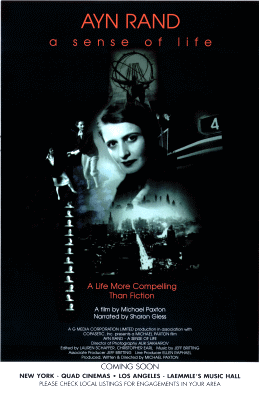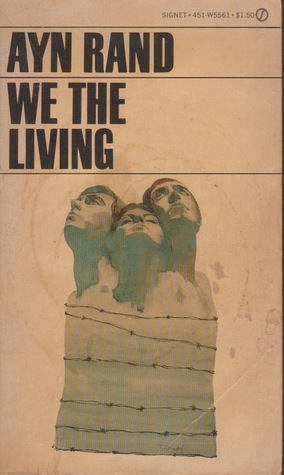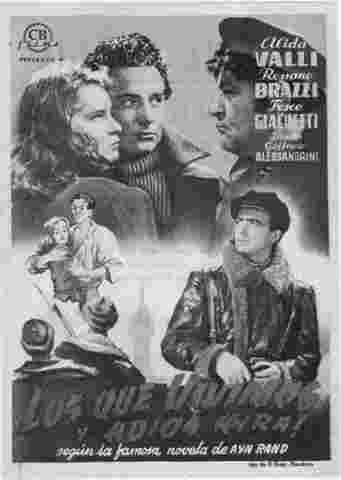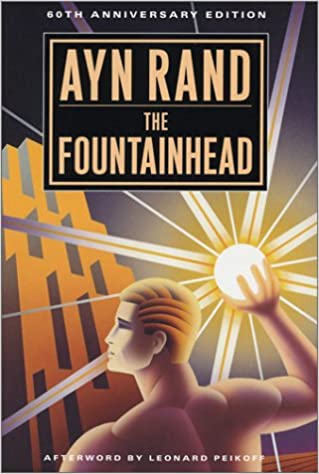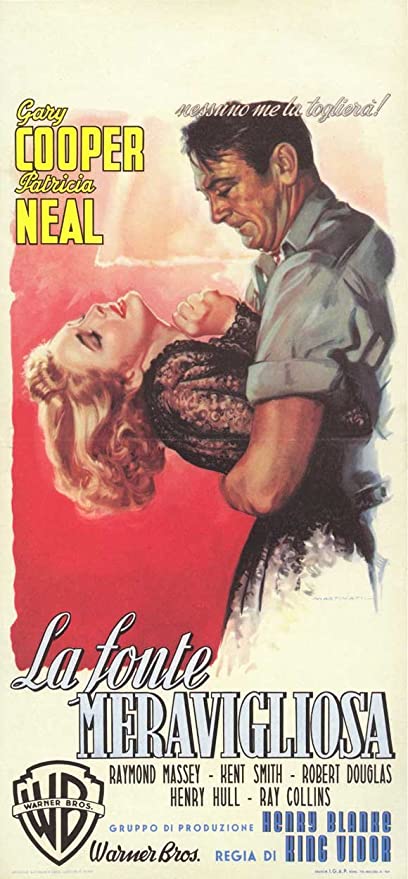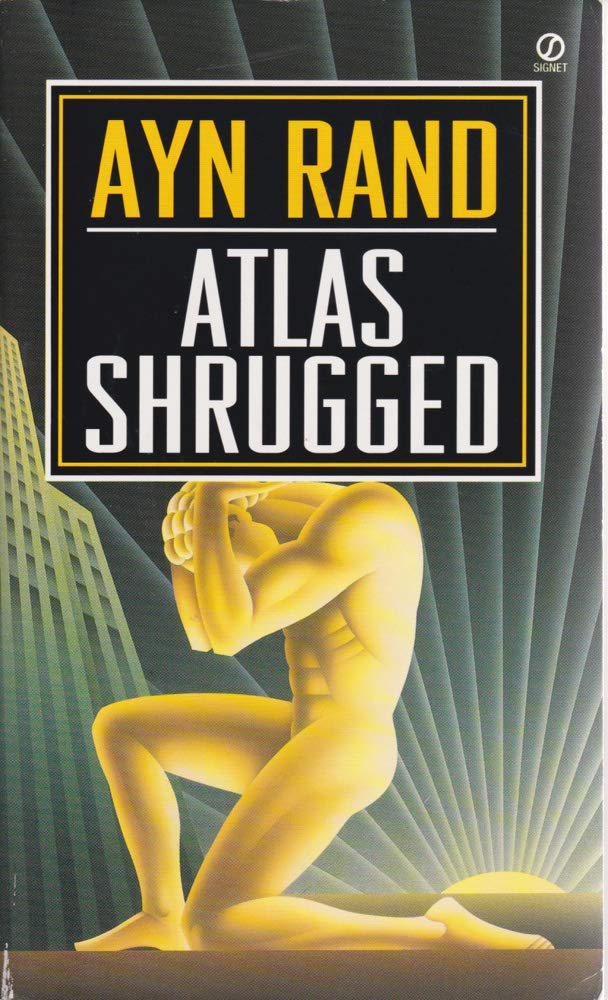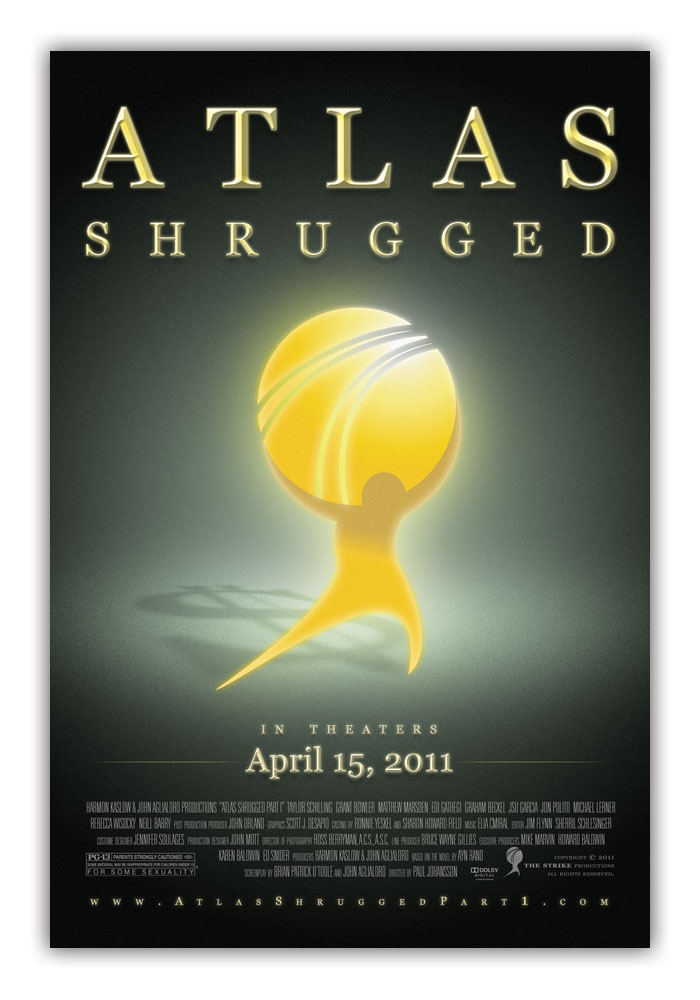|
Leave comments
Suzi's Lair HOME |
Suzi's Cyber
Lair:
You are now at Philosophy Pinnacle
|
|||||||||||||||||||||||||||||||||||||||
|
Ayn Rand's
Life, Novels, & Objectivism Philosophy
Ayn Rand's Life A Sense of Life (Part 1): Presentation based on a documentary film of same title A Sense of Life (Part 2) Presentation (power point) A Sense of Life - Discussion Notes (for power point Presentation Parts 1 & 2)
Chronology - Ayn Rand's Life: a detailed list of significant events & periods Selected Bibliography - Ayn Rand's Works: Anecdotes about Ayn Rand: observations from: Notes from 100 Voices: An Oral History of Ayn Rand book by Scott McConnell (published 2010) Quotes about Ayn Rand (various internet sources/authors cited in document) Ayn Rand's Novels & Movies based on those novels We The Living: Powerpoint presentation about the novel and the film We The Living - Discussion notes for presentation
The Fountainhead- Part 1: Powerpoint presentation about the novel and the film The Fountainhead- Part 2: Powerpoint (continuation of Part 1) Abstract: The Fountainhead power point presentation (Parts 1 & 2): • Who is Ayn Rand? The presentation begins with a chronology list of important events & periods in Ayn Rand’s life. • fountainhead means original source, as in the fountainhead of a river: theme is that the independent, reasoning mind is the original source of all human progress and prosperity • “Let me stress this: my purpose is not the philosophical enlightenment of my readers . . . My purpose, first cause and prime mover, is the portrayal of Howard Roark [or the heroes of Atlas Shrugged] as an end in himself . . . to present an image of things not as they are but as they “ought to be”” Ayn Rand • “I write—and read—for the sake of the story . . . My basic test for any story is: ‘Would I want to meet these characters and observe these events in real life? Is the story an experience worth living through for its own sake? Is the pleasure of contemplating these characters an end in itself?’” Ayn Rand • THEME: Individualism versus Collectivism, not in politics but in men’s souls. In the 1930s, as Rand was writing the novel, collectivism was rapidly engulfing the world: Communists – in Russia; Facists: Mussolini- Italy; Hitler & Nat’l Socialists- Germany. Many in U.S. thought of the Communist and Nazi systems as “noble experiments” – as new attempts to emphasize an individual’s moral responsibilities to his fellow man. Even after World War II, and continuing to present: there is extreme intellectual support for Socialism/Welfare States. • In one sense, Rand wrote The Fountainhead as a warning about the unmitigated horrors of collectivism, no matter which variety: evils of the concentration camps, extermination of millions of innocents, precipitation of world war. She witnessed these horrors firsthand in Russia and Europe. • THEME: An independent thinker’s devotion to the facts, not to the opinions of society • Plot: Story of innovative architect’s lifelong battle to build his type of buildings– according to his designs only. Roark is opposed by three main types of collectivists; all who permit others to dominate their lives in some form: traditionalists, conformists (& nonconformists), and socialists. These three types of collectivists are described in this presentation. • The Fountainhead Characters: There is an analysis of each of the main characters and some of the minor characters: Rand created characters based on essential ideas they embodied. The characters are presented in her novels in stark terms (often termed ‘black & white’). Ayn Rand wrote the screenplay for the movie The Fountainhead Atlas Shrugged: Powerpoint presentation about the novel and the film Atlas Shrugged: Discussion notes for presentation Who is John Galt? That question is the opening line of Atlas Shrugged. This becomes answered throughout the epic tale about our world; a world where we could become doomed to dreadful desolution, spiritual emptiness, hopelessness, confusion, dullness, fear. Atlas Shrugged has many heroes and protagonists. Rand shows the relations to each other through a thrilling plot. It is political novel about society: the action alone shows that capitalism and the proper economics rest on the mind, keeping in mind at all times how the physical proceeds from the spiritual. As of 2019, nine million copies of Atlas Shruggged has been sold, and many more have read the novel. Published in 1957, in 2009, 2010, & 2011 it sold about 500,000 copies each year (Obama was president). Although Rand had begun to write a screenplay for a TV miniseries of Atlas Shrugged before her death in 1982, it took 54 years since its publication for this movie to be produced.
Course: Introduction
to Western Philosophy
Historical Background: Introduction
to Philosoophy: Powerpoint
Presentations
Philosophical Dichotomies: List of major dichotomies throughout
philosophy OBJECTIVISM:
Ayn Rand's
Comprehensive Philosophical System Objectivism: Overview Chart/Diagram Metaphysics: Epistemology Ethics Aesthetics
Suzi's Essays on Objectivism In Defense of Processed Knowledge. This essay explains the basic structures of Objectivism's Epistemology (how do we obtain knowledge?). In addition, there are comparisons and contrasts with other major schools of thought on the subject of knowledge. Here you will find Rand's theory of concept formation, Unit Economy and abstraction. You will also discover how she debunks the so-called analytic-synthetic dichotomy. Beyond Ethical Egoism. In his article, Egoism and Moral Skepticism, James Rachels presents some convincing arguments exposing the weakness of both the psychological egoism and ethical egoism positions. However, his paper is fraught with problems. I intend to reveal the weaknesses in Rachels’ arguments, and will expose his gross distortion of Ayn Rand’s view. Along the way, I will compare classical ethical egoism with Rand’s “rational-selfishness”, and demonstrate that her views withstand Rachel’s objections. I will show how Rand can take us beyond ethical egoism while bypassing the lure of altruism. Rational-Duty meets Rational-Selfishness. Did you know that Immanuel Kant's ethical system has a deeply rational basis? Did you know that he, like Rand, views persons as "ends in themselves?" . . . that, Kant, like Rand, is opposed to tyrannical governments which intrude far too much on personal liberty? . . . that, like Rand, he believes we should bring quality to our lives and strive for happiness? . . . and that self-esteem plays a key role in his ethical system? If this is all true, as I demonstrate in this essay, then why is Kant epitomized as the "enemy of Objectivism, including his views on ethics? I explain why: This essay compares and contrasts Kantian and Randian ethics, including their views of values, human relations, human nature, rationality, emotions, and self-esteem. Charts created by Susan Fleck: Immanuel Kant's Duty: Categorical Imperative Chart Chart comparing Kantian and Randian ethical systems.
|
|||||||||||||||||||||||||||||||||||||||

